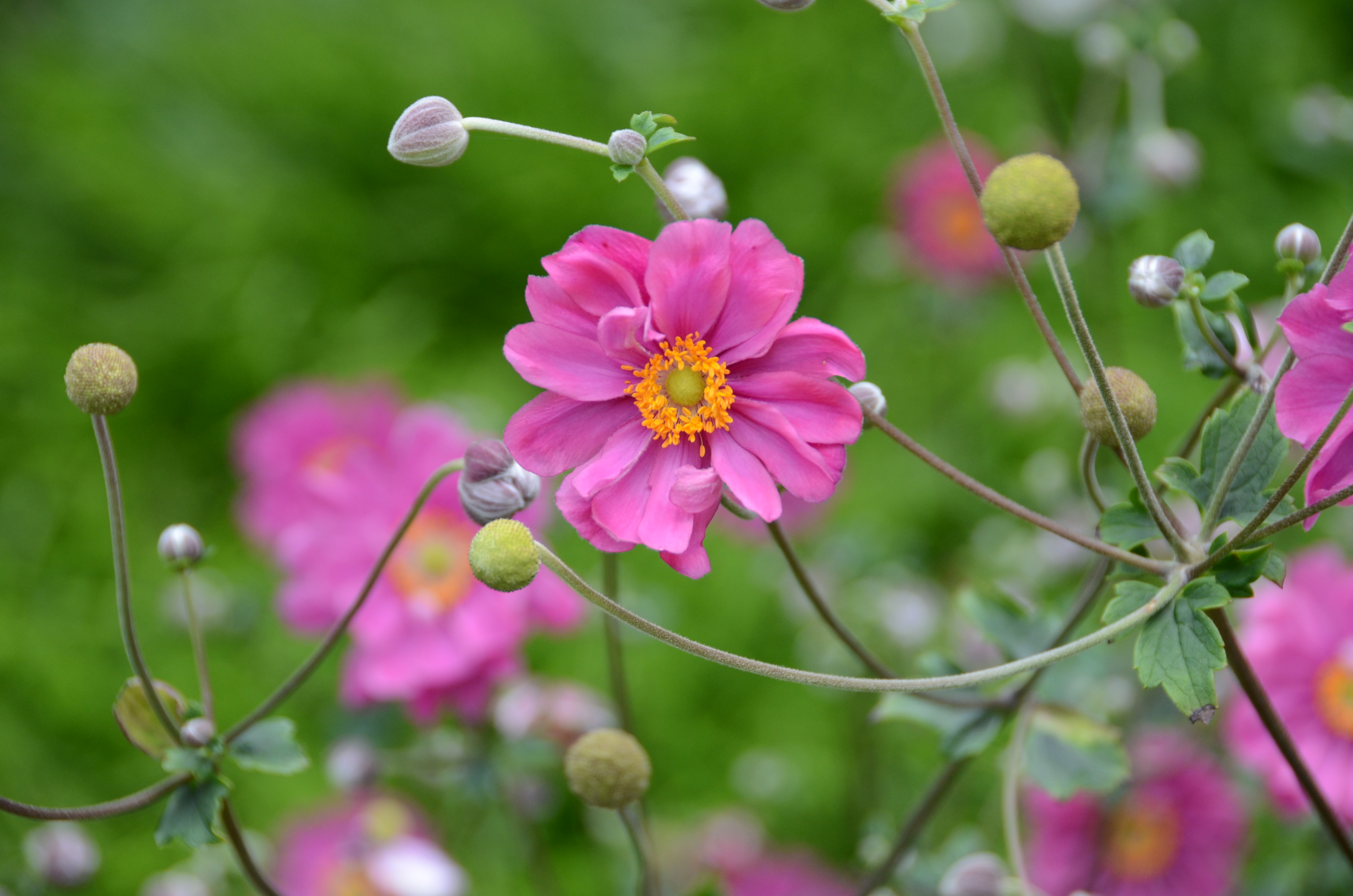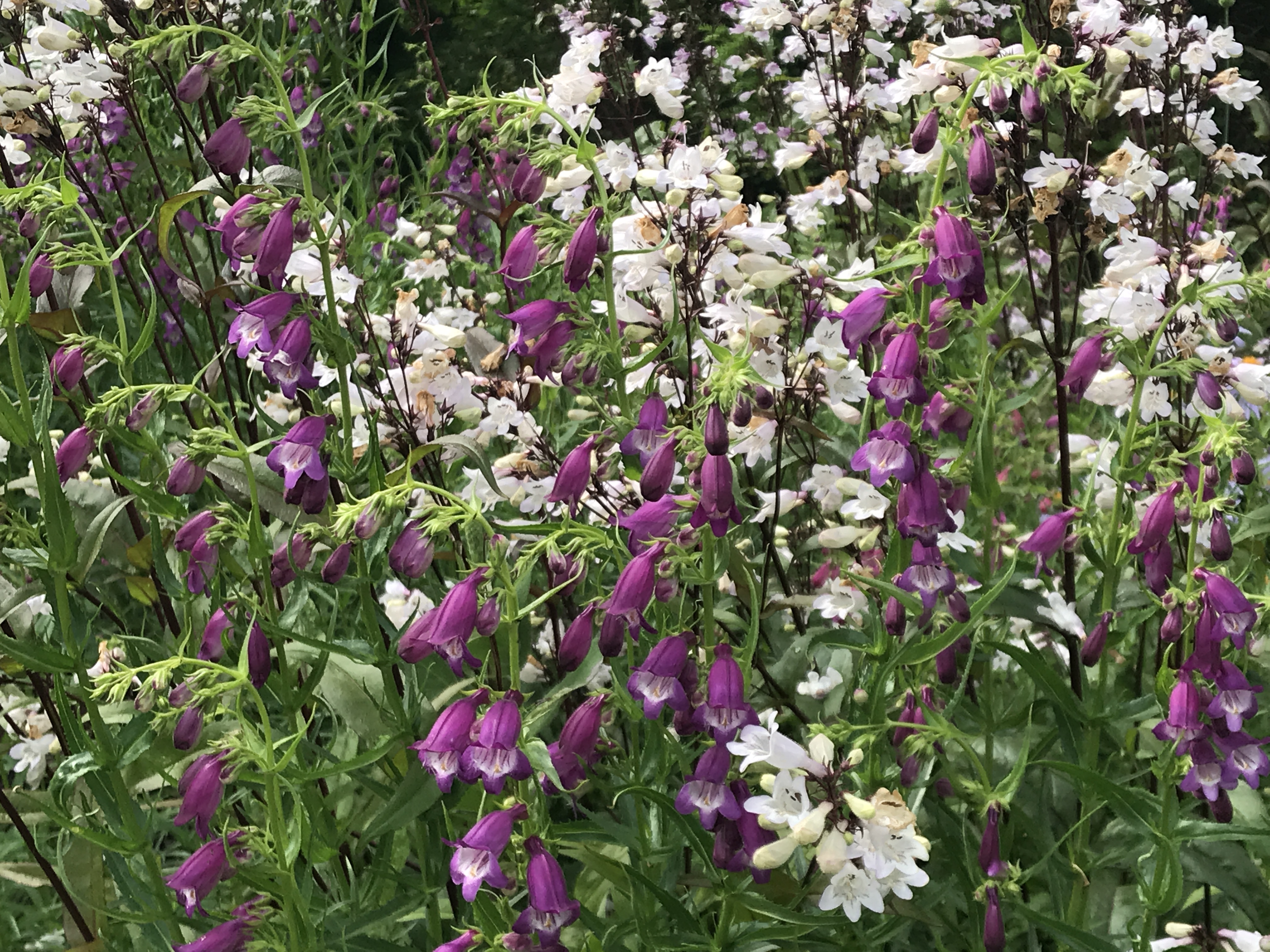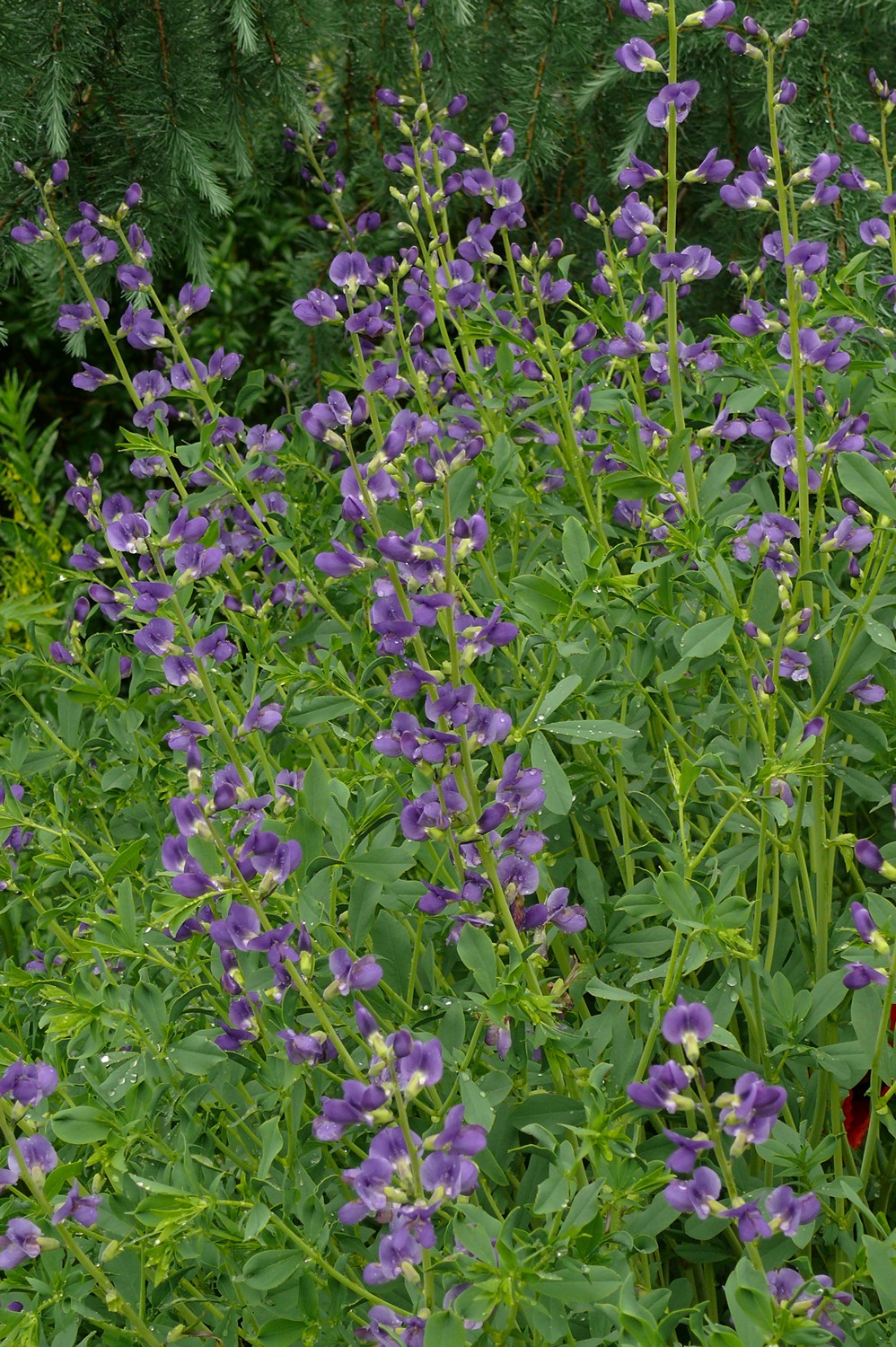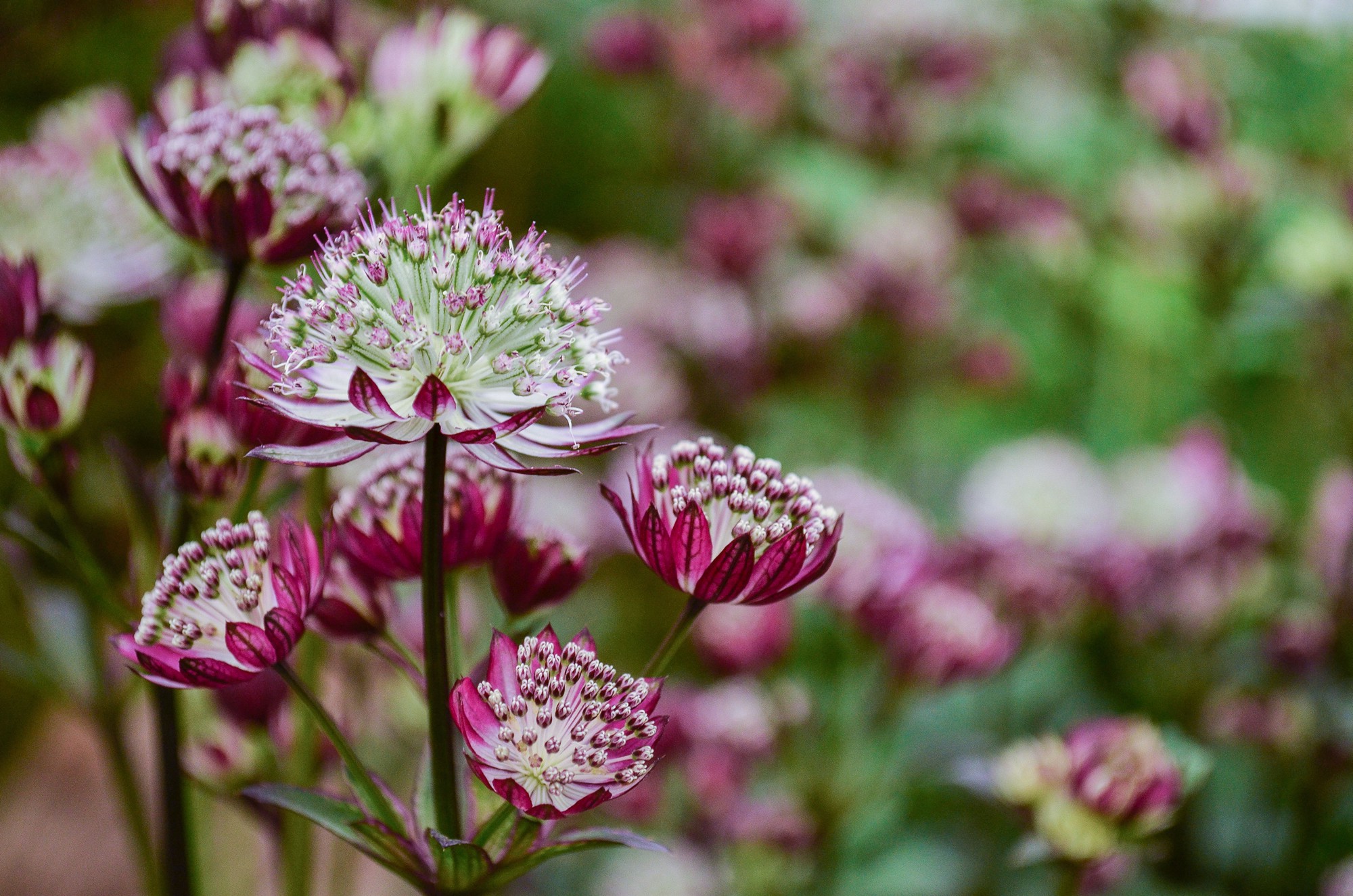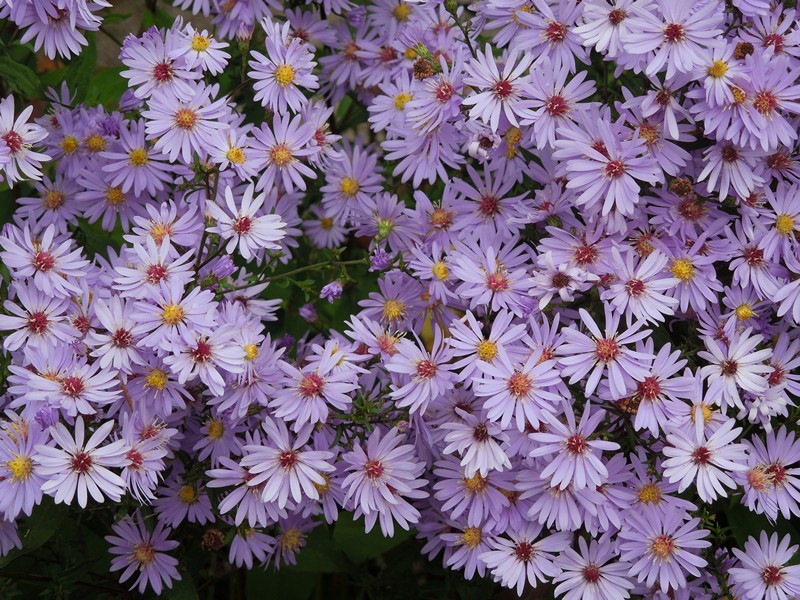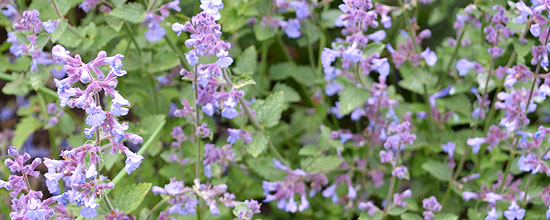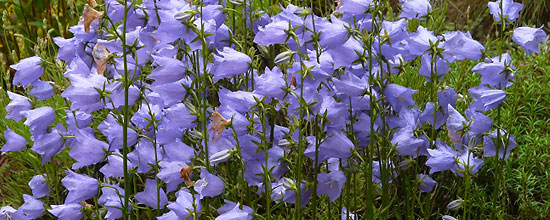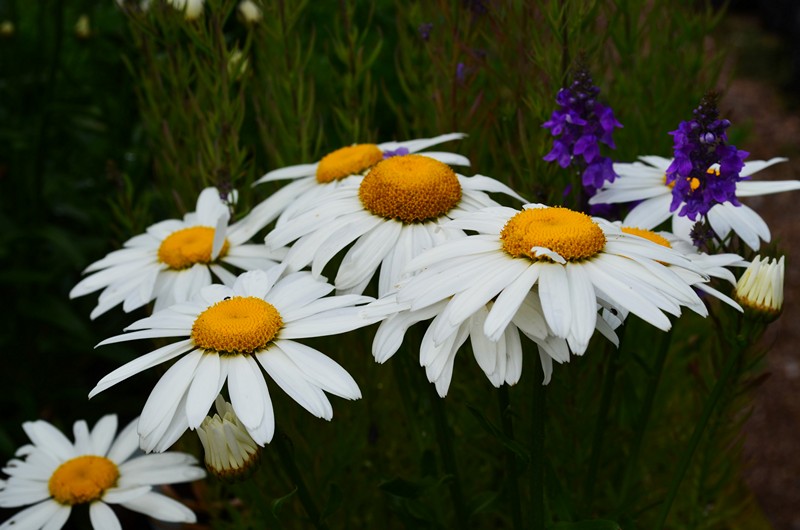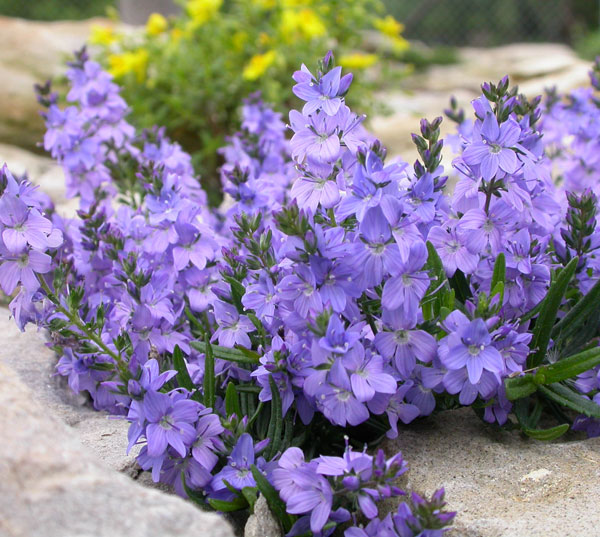When he says Fall Garden, lovers of outdoor flower is automatically triggered chrysanthemums, dahlias and relentless autumn asters. Today will talk about Aster, or autumn astrách or podzimkách. Recently in our gardens have been somewhat overlooked – must add, they wrongfully, because of the obvious drawbacks are not right and there are several advantages. In the last decade the situation has improved.
Aster species is several hundred, the number of varieties of fall aster reaching to thousands, differences between some are often insignificant. The main differences are in the flowering date, height, stature and manner of branching and, ultimately, in color, the size and fullness of flowers – the said characteristics also results versatility.
The breeding was started already in 19. century England, where they originated hundreds of varieties. Few of them are suitable for growing in climates of Central Europe. Earlier 20. century breeding center of gravity moves to Germany – Most of these varieties with us very well thrive.
The first varieties are blooming already in late August, flowering peak in September and October and continues almost until the onset of autumn frosts. This group includes several species differing primarily height, growth pattern and by using. The common denominator autumn aster is the original distribution area, which is North America, and last but not least, late flowering period, which lent them a common name. The most popular and most commonly used species include lower Aster dumosus, moderately high Aster-belgii. Higher species in culture for several – to include drobnokvětým Aster ericoides, And. cordifolius a And. lateriflorus, favorite, however, is especially Aster novae-England with larger flowers. Today also grow interspecific hybrids of those species.
The lowest is strongly branching Aster dumosus with a vertical span of varieties 15 do 50 cm. Features of growth is largely cushioned, therefore, ideally suited to the basis and group planting on beds and flange – only excel in greater numbers. Lower varieties a compact surface, in the autumn richly zakvetou. Some varieties are also suitable for planting containers, higher can also be used to cut. The color spectrum is quite wide – from white, through various shades of pink, blue and purple.
Medium and higher species:
Aster-belgii - Medium-high to high (0,5 when 1,5 m) with hladkými sheets, People also called "Feast", used for planting beds groups excellently suited to cut. The flowers have a simple, half-full or full, color range is similar as in the case And. dumosus.
Aster novae-England - Exceptions in this group is generally a high variety of heights 1 when 2 m. The flowers in this group are greater, often reach a diameter up through 5 cm, leaves are rough hairy. It is very suitable as a high-dominants beds, cut to fit only certain varieties (closing some outfits). The color range is similar to the previous species.
Aster ericoides Among the higher (80 – 150 cm) species with fine leaves, smaller flowers with a diameter of about 1 cm, but bloom en masse. The color range in comparison with other species of this group of somewhat poorer. It includes only White, pale pink and pale violet hues, darker meet.
Cultivation and care during the vegetation is very simple, as multiplication.
Hvězdnicím suit almost any garden soil with enough nutrients. When fertilization is avoided higher doses of nitrogen – otherwise the plants account for more leaf mass and less bloom. Then we were confined to a regular watering and weeding.
One of the most important interventions is growing shoots flush cutting. It comes into play only at high species. some varieties, especially And. New-England a And. ericoides, Indeed they tend to lodging and oppress and neighboring plants. If the end of May, no later than early June shorten the shoots are about 1/3, stems branch out, firm and nepolehnou. suffice, Trim the stems when only the perimeter or the entire clump of trees planted, to help keep shape. In addition, we will achieve another very pleasant effect – after zakrácení shoots continued longer in vegetative growth and flowering compared with about nezakrácenými 1 when 2 weeks later. If zakrátíme only part of the stems around the perimeter, odkvete part of plants and delayed follow shoots zastříhnuté, thereby extending the total time of flowering.
Multiply almost exclusively vegeatativně, sowing is only used in breeding practice – varieties are crossed each other and the resulting progeny are not uniform in height, colors and sizes of flowers. In domestic conditions sufficient separation of larger plants, best in spring – in March-April. Cultivation hrnkách not necessary, simply divide the clumps and re nasázet. Multiplying the coefficient of the division And. dumosus a And. new-belgii he is tall, for other species is less. If sufficient quantities of plants, very fast and reliable also cuttings peak, possibly stem cuttings from April to mid-May, spices preferably at temperatures of 15-18 ° C. In the case of And. New-England, And. ericoides a And. lateriflorus long drinking at the latest by mid-May – rooted cuttings must develop buds in winter, otherwise in outdoor conditions hibernate.
Aster dumosus a Aster-belgii we bet by the vigor of the variety in the buckle 0,25 when 0,4 m Aster ericoides a Aster novae-England They are larger growth buckles is between 0,5 – 0,7 m.
Autumn asters are particularly popular thanks to the variety of application possibilities (to cut, na Záhony, in containers), variability in the height and color. Other benefits include late flowering, unpretentiousness, Simple multiplication factor and high color.
Disadvantages include the occasional occurrence of powdery mildew, especially in the varieties Aster-belgii and some varieties of aster also higher lodging. Both, however, can be controlled.
A large number of varieties, Selection depends on the tastes grower. Perhaps only a few in our conditions of good varieties:
Aster-belgii
– 'Karminkuppel' - Intense crimson purple, high around 1 m, excellent for flowerbeds and to cut
– 'Dauerblau' - medium high, blue, on beds and to cut
Aster dumosus
– 'Alice Haslam' - early, low, dark pink with simple flowers
– 'Lady in Blue' - medium high, bluepurple, half-full
Aster novae-England
– 'Purple Dom' - new, only about 50 cm high, dark blue-violet variety
– 'Andenken an Alma Poetschke' - about 1 m high, bright, dark pink
Aster ericoides
– 'Schneetanne' - reliable, richly flowering late white variety with a height of around 1,2 m
The article was published on the website of the Association Czech perenářů courtesy magazine Zahrádkář.





